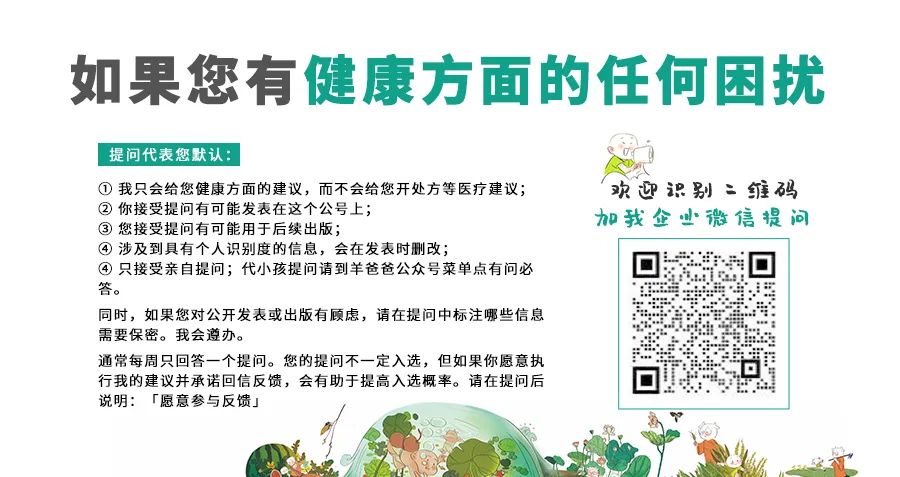Please call me Qian Dong.
Continuing to learn Traditional Chinese Medicine (TCM) with you, exploring life~

In the previous article, we discussed the concepts of cold dampness, damp-heat, and qi deficiency. In this article, we will use tongue coating as a case study.
1. Cold Dampness
Adults generally do not have a normal tongue coating.
A tongue coating that is pale or appears thick indicates the presence of cold dampness; all four images below show signs of cold dampness.
The thicker the tongue coating (the white or other colored part covering the tongue body), the more severe the dampness obstruction.
Image 1 below is actually from a child in their teens, slightly pale (more noticeable at the back), but overall considered relatively normal; if an adult’s tongue coating is close to this, it is also considered relatively normal.
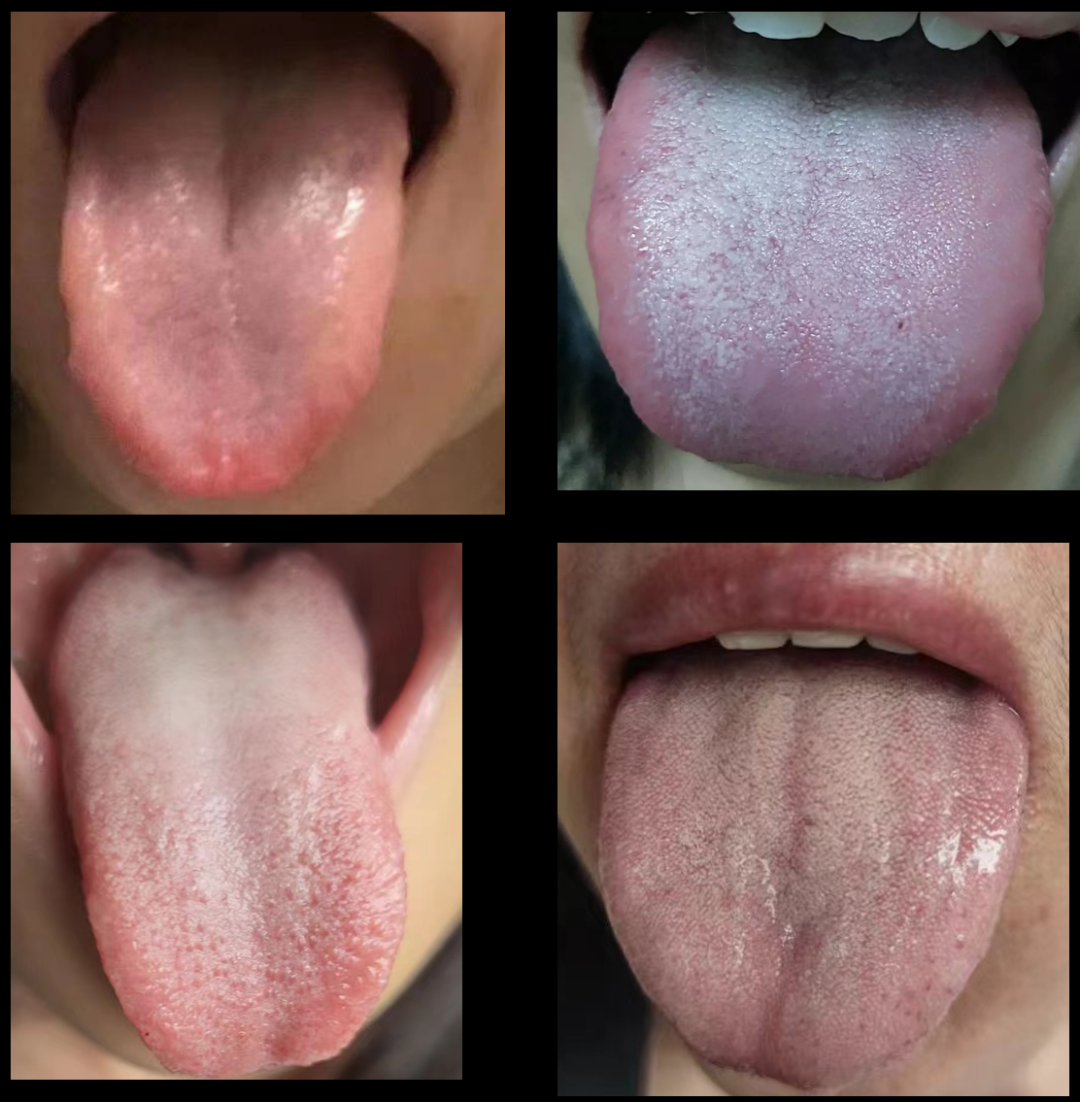
The following three tongue coatings appear thicker overall, indicating more severe cold dampness.

(Thicker tongue coating indicates more severe cold dampness)
2. Damp-Heat
If you have eaten fruits or colored foods that may stain the tongue coating, it is necessary to wait half an hour to an hour before checking the tongue coating for accuracy.
A yellowish tongue coating indicates more severe damp-heat.
Cold dampness and damp-heat often coexist, as seen in Image 1. The tongue coating in Image 1 is yellow, appearing to be a thin layer over a white tongue coating, indicating that the overall condition is primarily cold dampness with some damp-heat.
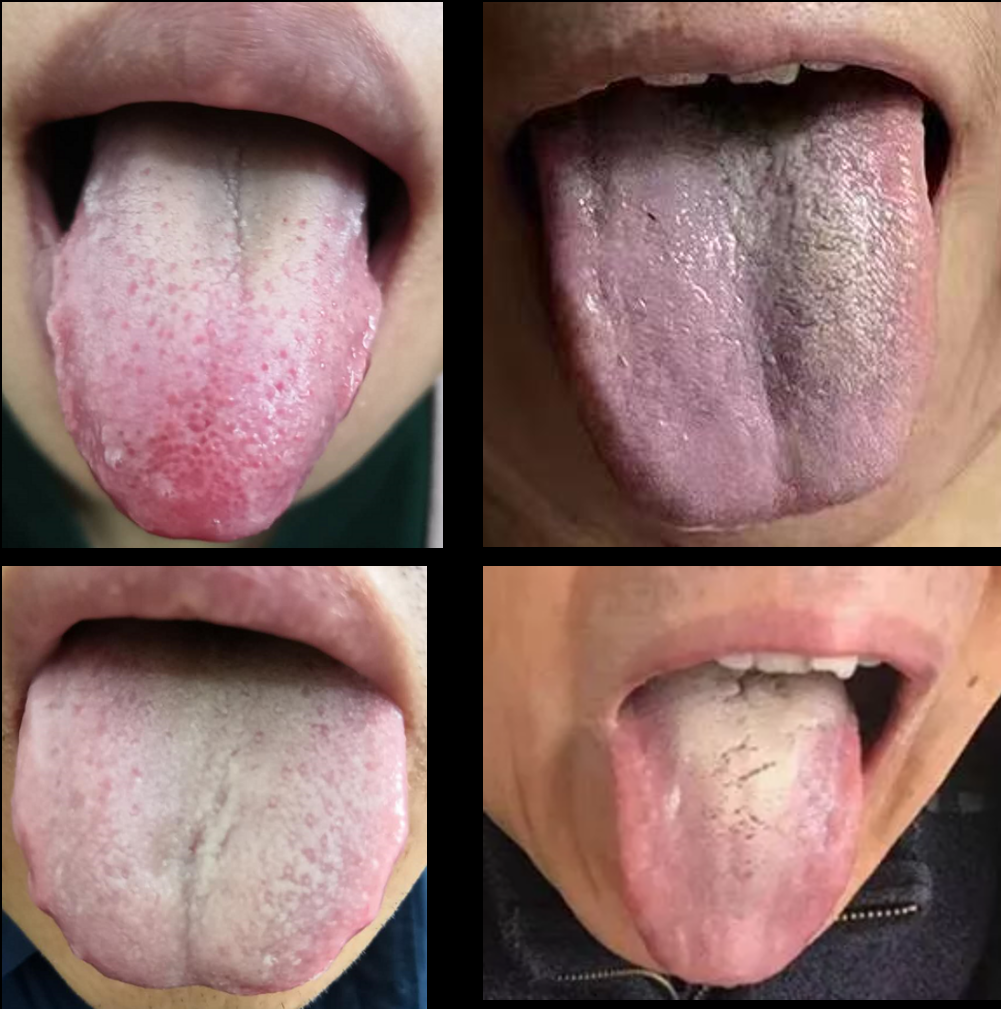
3. Qi Deficiency
A swollen tongue with tooth marks indicates qi deficiency; all four tongue coatings in the images below show signs of qi deficiency. Image 1 appears to have the mildest qi deficiency. Image 4 shows a significantly swollen tongue, which is also notably pale, indicating obvious cold dampness.
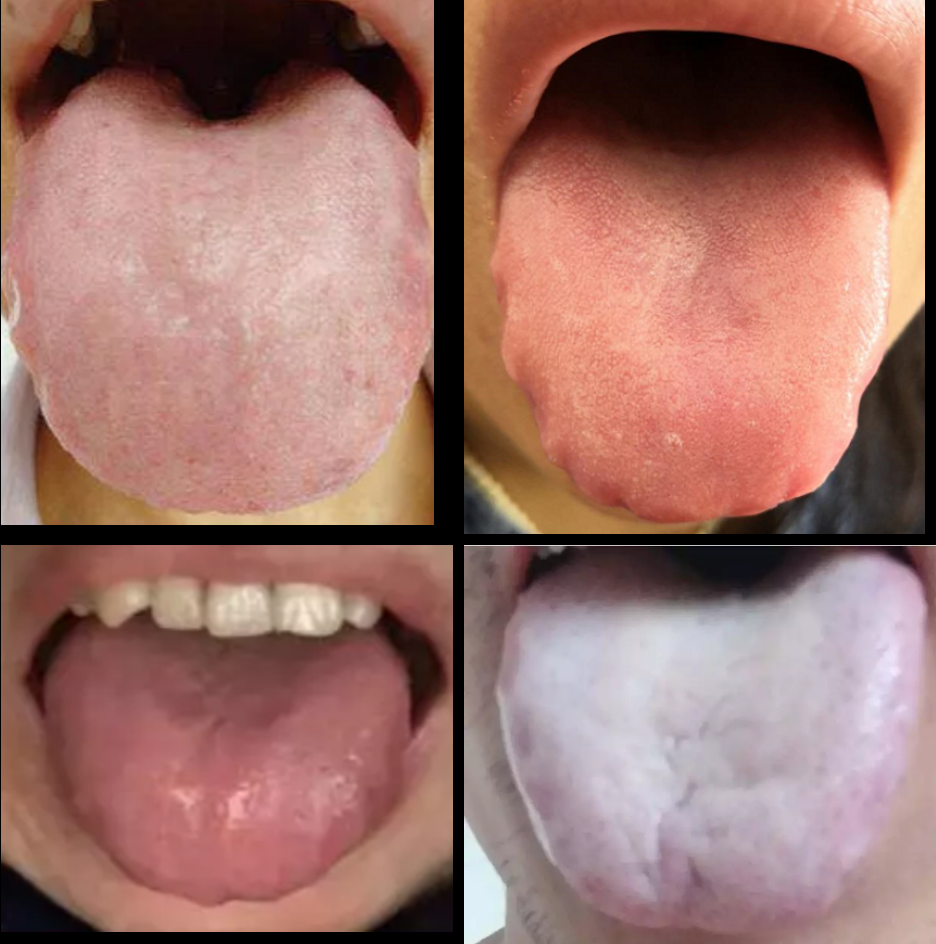
Qi deficiency can coexist with cold dampness and damp-heat. Generally, children have less qi deficiency.
Typically, the evolution of the body’s condition follows this pattern:
① Cold Dampness: Local energy supply is weak, leading to local cold dampness obstruction;
② Damp-Heat: As long as the body’s energy supply is sufficient, the body attempts to provide more energy to resolve the obstruction in the cold damp area, but before it is completely resolved, it will turn into damp-heat, i.e., cold dampness → damp-heat;
③ If the body continuously fails to eliminate dampness, the accumulation of dampness obstruction will lead to a decrease in overall bodily function (i.e., lower than normal), i.e., dampness → qi deficiency.
4. Fluid Deficiency
Qi deficiency can further develop into fluid deficiency, which is a condition of fluid loss.
In the five images below, the tongues show varying degrees of cracks, indicating fluid deficiency; Image 1 is relatively mild. A very small number of cracked tongues are related to congenital factors; if you feel your body is normal and have no history of long-term fatigue or work stress, you can ignore it.

Qi deficiency developing into fluid deficiency occurs when the body’s energy supply is insufficient while still needing to maintain high-intensity energy output, such as:
① Long-term fatigue
② Long-term work stress
③ Long-term overtime or night shifts
If sufficient rest is not obtained to compensate, over time, the body will continue to be depleted, reflected in the tongue coating as cracks becoming more numerous or deeper.
Those with fluid deficiency will definitely have qi deficiency.If you often feel very tired, it is advisable to seek TCM assistance for conditioning; relying solely on self-care may be quite challenging.
Of course, if fluid deficiency has not been present for long, timely rest and practice, such as practicing the Eight-Part Golden Buddha exercise, standing meditation, or sitting quietly at home, can help adjust the condition, with cracks gradually becoming shallower, fewer, or even disappearing.
5. Blood Stasis
Severe qi deficiency may lead to blood stasis, where the overall appearance of the tongue coating is dark, even purplish or black. An example is shown in the image below.
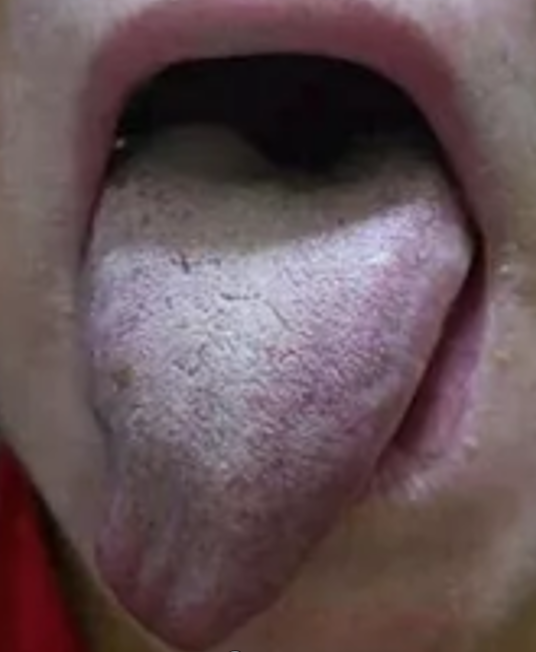
Blood stasis indicates local or systemic blood stagnation, or insufficient oxygen supply in the blood. Blood stasis is more likely to occur in the elderly, while it is less common in younger individuals aged 30 to 50. Blood stasis can develop from qi deficiency, but it can also occur due to trauma leading to unresolved blood stagnation.
In cases of blood stasis, simply addressing dampness and qi deficiency may not yield good results; although it may help to some extent, it is advisable to consult a TCM physician.
Written by 丨 Yang Qian Dong
Edited by 丨 Wan Zhou
